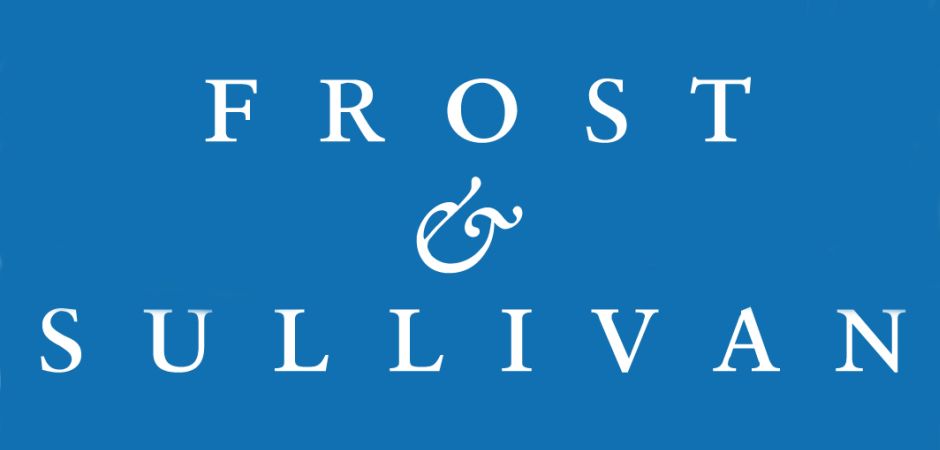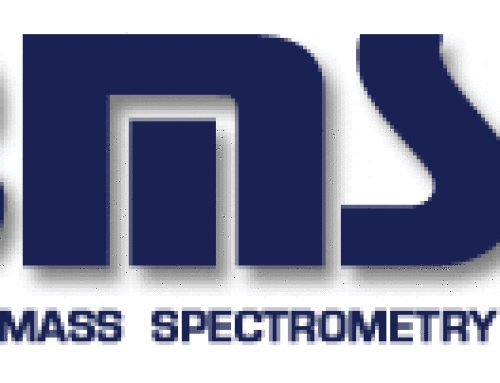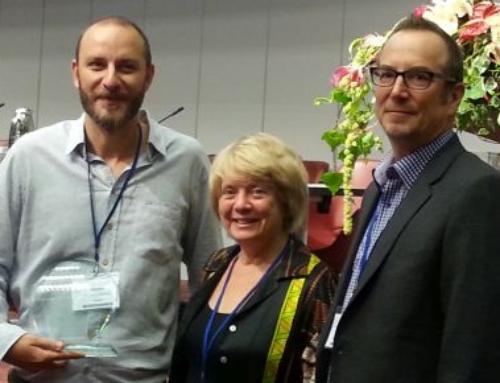October 2013
From Technology Networks Mass Spectrometry newsletter (link)
Analysis from Frost & Sullivan finds double-digit growth in Asia-Pacific and emerging markets to offset stagnation in US and Europe.
The global mass spectrometry (MS) market is growing much faster than the high-end analytical instrumentation market. This is a sign that demand is high in this technologically-dynamic market with broad applications and diversified end-user bases despite limited capital budgets in academia and the economic uncertainty in the U.S. and Europe.
New analysis from Frost & Sullivan’s (http://www.lifesciences.frost.com) Global Mass Spectrometry Market finds the market earned revenue of $1.7 billion in 2012 and estimates this to reach $2.5 billion in 2017.
This analysis covers MS and liquid chromatography-MS (LC/MS) instruments, which include single quadrupole LC/MS, tandem LC/MS (triple quadrupole and ion trap), time-of-flight (TOF) LC/MS, and matrix-assisted laser desorption ionization (MALDI)-TOF.
The substantial number of mass spectrometers that entered the market over the past two years illustrates both the fast pace of technological advancements, particularly in triple quadrupole LC/MS and Q-TOF, and the strong demand for these platforms.
Several product launches with substantial improvements in sensitivity, resolution, speed and throughput are spurring high-end customers to upgrade instruments more often to avoid obsolete platforms.
“Strong research and development efforts by equipment manufacturers – a testament to the large market opportunity – have enabled improved qualitative and quantitative capabilities, giving rise to new applications,” said Frost & Sullivan Life Sciences Senior Industry Analyst Christi Bird. “The increasing acceptance of MS in clinical diagnostics, applied testing in emerging economies, and its expanding use along the drug development pipeline are driving the market.”
Despite the push to further enlarge the customer base by widening the instrument pricing range, mass spectrometers remain expensive and therefore, cost-prohibitive for many laboratories.
In the U.S., sequestration measures and lack of funds from the American Recovery and Reinvestment Act grant compel MS suppliers to rely heavily on the more stable pharmaceutical, biotechnology, applied and industrial sectors, as well as emerging geographical regions for growth. However, the U.S. market offers the most potential for early clinical acceptance.
Suppliers continue to find pockets of growth by integrating multiple technologies, developing clinically-focused instruments, and diminishing performance trade-offs.
In addition, competitors are looking to adopt the general life science trend of miniaturization to bring the technology to lower-budget laboratories.
“Instrument suppliers have yet to successfully bring MS technologies to lower-budget laboratories in the way that qPCR, flow cytometry and other genomics and proteomics vendors have,” reflected Bird. “Once budget conditions improve for small- to mid-size laboratories, suppliers will shift attention to developing stripped-down, lower throughput, personal MS instruments with a smaller footprint and corresponding price tags that will appeal to a larger consumer base.”
For now, strong growth in the Asia-Pacific and rest-of-world regions will help offset lower growth in other regions. The overall market is also expected to see a rise in mergers and acquisitions and partnership activity between MS and diagnostic companies in order to develop advanced products and gain early market share and brand awareness in the clinical community.
Global Mass Spectrometry Market is part of the Life Sciences Growth Partnership Service program. Frost & Sullivan’s related research services include: Global Quantitative and dPCR Instrumentation and Consumables Purchasing Trends, U.S. qPCR Reagents Market, U.S. qPCR and dPCR Instrumentation Markets, and Global microRNA Tools and Services Markets, among others.
All research services included in subscriptions provide detailed market opportunities and industry trends evaluated following extensive interviews with market participants.







